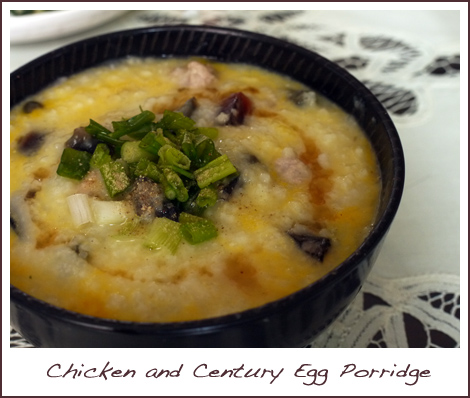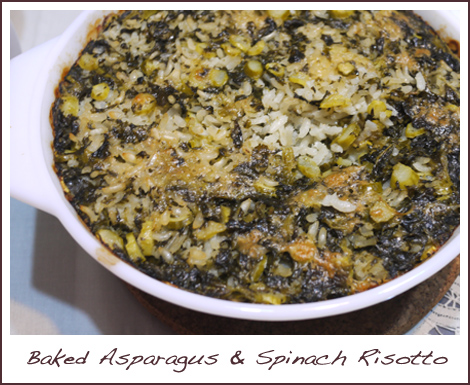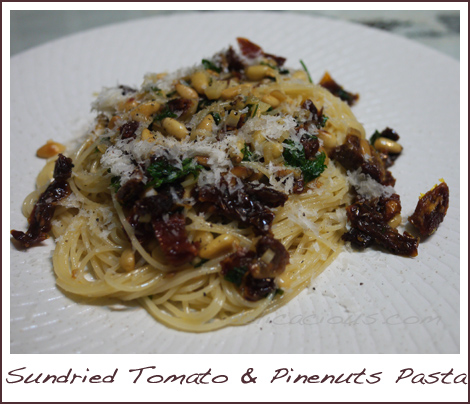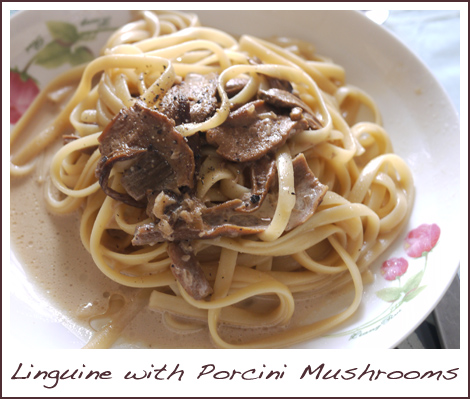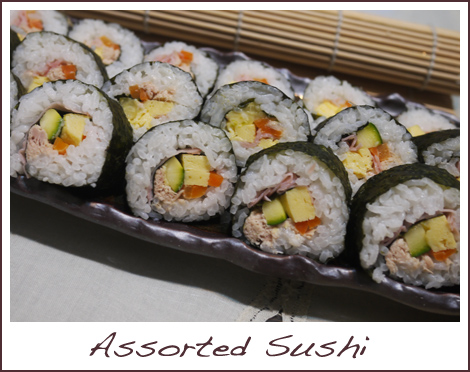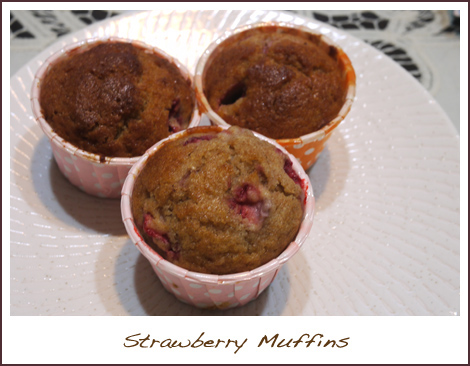Porridge is one of my comfort foods on a cold rainy day, or when I am recovery from a flu. It is simple to prepare, feeds a large number of people easily, and best of all, has a low glycemic index! Did you know that porridge has a GI index of 42-45, in comparison with steamed rice, that has a whooping GI index of 98? To find out more about the glycemic index, you can refer to my earlier post here.
There are two styles of porridge that I cook at home – Hokkien Style or Cantonese Style. Hokkien style porridge is what you usually get when you visit economic rice stalls and ask for porridge. The rice grains can still be seen, and the porridge is typically watery. Cantonese style porridge is what you get when you go to a restaurant such as Crystal Jade, or any dim sum place and ask for porridge. It is thicker and the grains are not very visible.
My mom prefers the Hokkien Style porridge with separate dishes of ingredients, while my husband prefers the Cantonese style porridge. The recipe below is for the latter.
Chicken and Century Egg porridge
Serves 4
Ingredients:
2 cups of rice, washed and drained dry
1/2 tsp salt
1 tsp oil
4 cups of water
2-3 cups of chicken stock
3 dried scallops
200g chicken breast meat, sliced
3 century eggs, cubed
salt and pepper to taste
2 stalks of spring onions, chopped
sesame oil
Method:
- Mix salt and oil into drained rice and set aside for 20 minutes.
- In a large pot, bring water and chicken stock to a boil. Stir in rice and dried scallops.
- Allow porridge to boil over a medium high flame for 10 minutes, and add in the chicken slices.
- Reduce flame and allow porridge to simmer, stirring once in a while.
- When porridge is almost ready (approximately 20 – 30 minutes), add in century egg cubes. Porridge should be of a smooth consistency.
- Add salt and pepper to taste.
- Dish out into bowls and garnish with spring onion, pepper and sesame oil.
- Serve hot.
